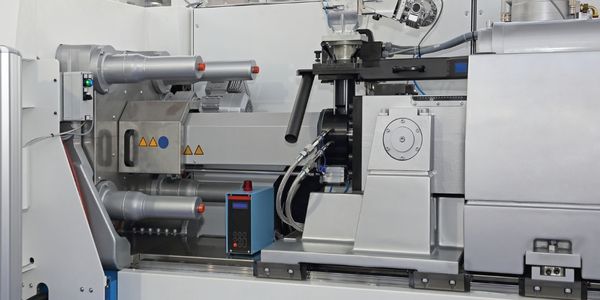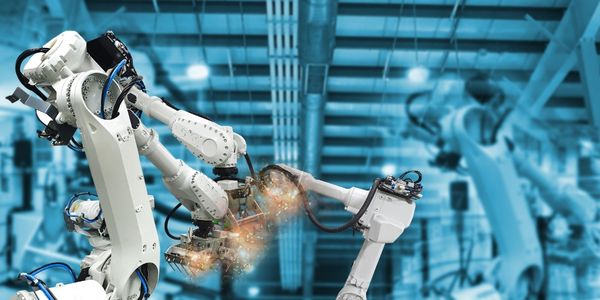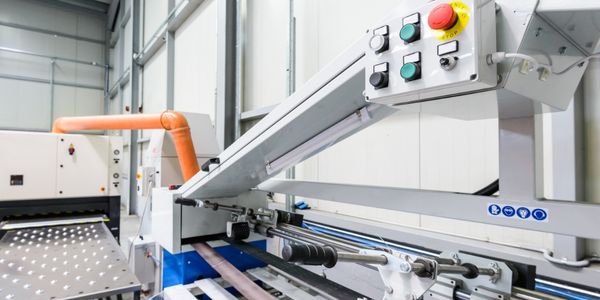公司规模
SME
地区
- America
国家
- United States
产品
- Intuitive ERP
技术栈
- Microsoft technology
实施规模
- Enterprise-wide Deployment
影响指标
- Productivity Improvements
- Customer Satisfaction
技术
- 功能应用 - 企业资源规划系统 (ERP)
适用功能
- 离散制造
用例
- 自动化制造系统
服务
- 系统集成
关于客户
Elliott Tool Technologies 是一家总部位于代顿的公司,100 多年来一直为行业提供创新工具,用于支持管道安装、清洁、封堵、测试、维修和拆卸。该公司还生产用于抛光、倒角、去毛刺和机械连接的金属精加工工具。Elliott 为 100 多个国家的 7,000 多家客户提供 36,000 种不同的 SKU。该公司拥有 65 名员工,服务于暖通空调、锅炉、重工业、石油化工、航空航天和汽车行业。
挑战
Elliott Tool Technologies 是一家提供用于管道安装、清洁、封堵、测试、维修和拆卸的创新工具的公司,该公司正在努力应对过时的 ERP 系统,该系统无法满足其业务需求。他们没有工厂调度,并且平均准时交货记录不佳。竞争压力要求提高响应能力和加强控制。他们拥有大量数据,但由于专有数据库和编程语言,缺乏商业智能能力。该公司知道事情已经失控,但他们的系统非常糟糕,以至于他们甚至无法衡量偏差有多大。他们不信任他们的 KPI,拥有大量数据,但没有信息。
解决方案
在寻找新的 ERP 系统时,Elliott Tool Technologies 发现 Aptean 的 Intuitive ERP 提供了灵活性,易于与现有报价系统集成,并且基于 Microsoft 技术构建,因此寻找帮助和兼容资源不是问题。最重要的是,他们发现 Intuitive 功能强大但使用简单。该公司轻松实现了 90 天的实施目标。解决方案不仅仅是一个新的计算机系统。Intuitive 创建了一个重新设计业务流程和纪律的框架。在 Aptean 专家顾问的帮助下,Intuitive 为 Elliott 提供了所需的工具和流程,并且在 2008 年开始的经济衰退期间,它确实获得了回报。Elliott 将他们的新 Intuitive ERP 与现有报价系统集成,并将在不久的将来加强这种集成。他们计划自动将报价转换为订单,以进一步缩短交货时间并提高他们快速响应客户请求的能力。
运营影响
数量效益

Case Study missing?
Start adding your own!
Register with your work email and create a new case study profile for your business.
相关案例.

Case Study
Plastic Spoons Case study: Injection Moulding
In order to meet customer expectations by supplying a wide variety of packaging units, from 36 to 1000 spoons per package, a new production and packaging line needed to be built. DeSter wanted to achieve higher production capacity, lower cycle time and a high degree of operator friendliness with this new production line.

Case Study
Robot Saves Money and Time for US Custom Molding Company
Injection Technology (Itech) is a custom molder for a variety of clients that require precision plastic parts for such products as electric meter covers, dental appliance cases and spools. With 95 employees operating 23 molding machines in a 30,000 square foot plant, Itech wanted to reduce man hours and increase efficiency.

Case Study
Fully Automated Visual Inspection System
Tofflon has developed a fully automatic machine that uses light to inspect vials, medicine bottles, or infusion containers for glass fragments, aluminum particles, rubber grains, hairs, fibers, or other contaminants. It also detects damaged containers with cracks or inclusions (microscopic imperfections), automatically removing faulty or contaminated products. In order to cover all production processes for freeze-dried pharmaceuticals, Tofflon needed to create an open, consistent, and module-based automation concept.

Case Study
SAP Leonardo Enabling Rocket Science
At times, ULA has as many as 15 different operating systems dedicated to overlapping processes, such as rocket design, testing, and launch. Multiple systems created unnecessary costs and unwanted confusion among workers at offices, factories, and launch sites in different location. In order to improve collaboration and transparency during vital activities that directly influence mission success, ULA wanted to improve data sharing and streamline manufacturing processes.

Case Study
IIC Smart Manufacturing Connectivity for Brown-field Sensors
The discrete manufacturing domain is characterized by a strictly hierarchical structure of the automation systems, commonly referred to as the automation pyramid. Data acquired by a sensor typically flows through an IO-module into a Programmable Logic Controller (PLC) which manages the local real-time control system. As all process data are concentrated in the PLC, re-programming the PLC and thus, implementing interfaces to access these data appear to be the natural choice to transfer them to the IT system. However, for brownfield installations this choice has proven impracticable for the following two reasons:In brownfield facilities, PLC usually operate within a once-specified environment and are rarely re-programmed. That is why the active staff is often not familiar with the code and lacks of the competence to modify the existing implementation in a reasonable amount of time.Furthermore, for cost reasons, any PLC was selected to exactly match the requirements of the environment within which it was intended to operate. That is why it cannot be assumed that a PLC will be able to support additional tasks such as communicating data through additional interfaces.

Case Study
Smart Factory Solutions for Tobacco Industries: Bridging the Manufacturing Generation Gap and Improving Operational Efficiency
The tobacco industry, represented in this case by British American Tobacco (BAT), is facing a decline in cigarette volumes worldwide. This decline has led to an increased emphasis on efficient supply chains and optimized production processes. The industry is also grappling with the need for agile production facilities and the integration of Industry 4.0 to accommodate diverse production requirements. BAT, in particular, was seeking a factory solution to automate their product control processes, from the transportation of tobacco and cigarette paper to the placement on cigarette machines and the packing conveyor. The company also needed to support the continuous use of legacy equipment, such as relay-controlled cigarette machines dating back to the 90s and AMK servo drive systems, to sustain production levels at speeds of 8000 to 16000 pieces per minute. Furthermore, changing regulatory guidelines necessitated flexibility in labeling requirements.







